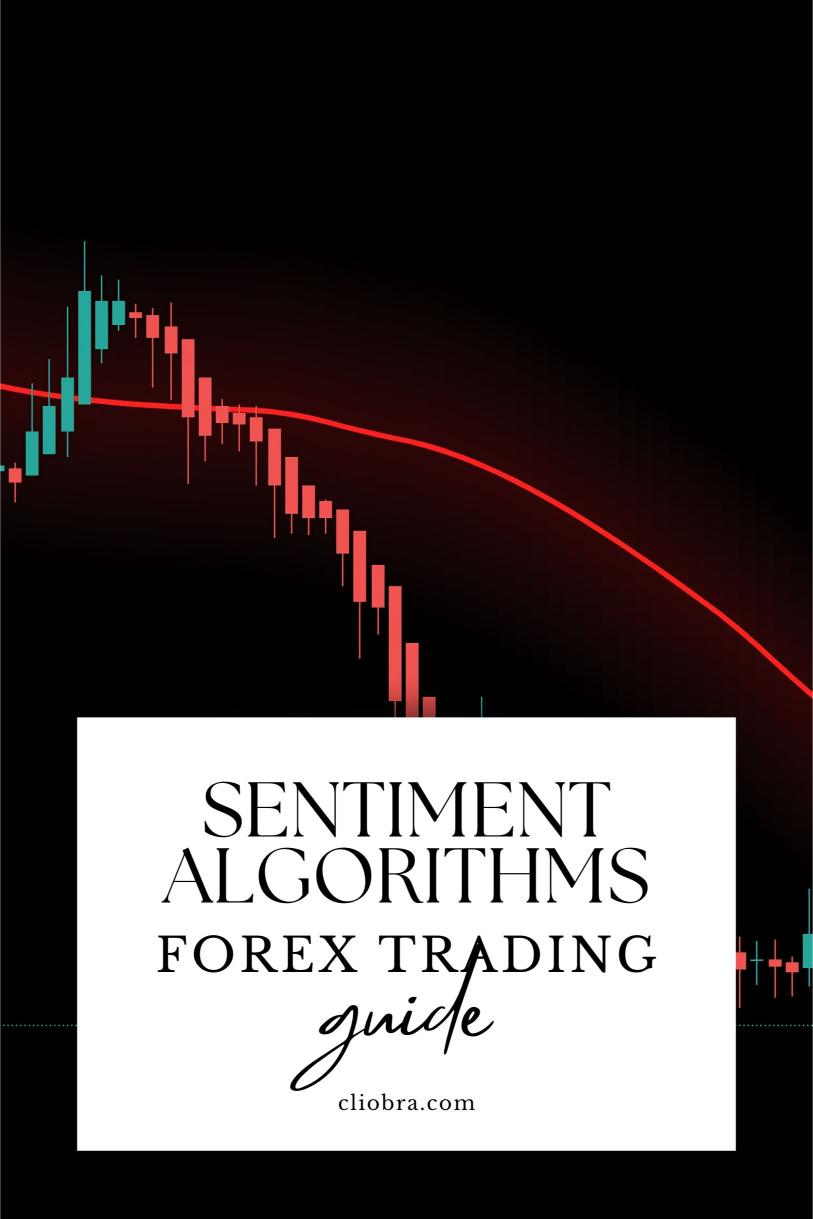Last Updated on February 15, 2025 by Arif Chowdhury
As a seasoned Forex trader since 2015, I’ve discovered that sentiment analysis isn’t just another buzzword – it’s a game-changer in predicting market movements.
Why Traditional Analysis Isn’t Enough Anymore 📊
The Forex market processes over $6.6 trillion in daily trading volume, making it impossible to rely solely on technical indicators.
90% of retail traders fail because they’re stuck using outdated methods.
The market doesn’t just move on charts – it moves on emotions.
Understanding Sentiment Algorithms 🤖
Sentiment algorithms analyze millions of data points across:
- Social media chatter
- News headlines
- Economic reports
- Central bank communications
- Institutional trading flows
Recent studies show that sentiment-based trading strategies outperform traditional technical analysis by 27% on average.
How Sentiment Analysis Actually Works 📈
Think of sentiment algorithms as your market psychology radar.
They track:
- Crowd behavior patterns
- Mass psychology shifts
- Social media sentiment shifts
- News impact assessment
- Market mood indicators
The Power of Automated Sentiment Trading 💪
Here’s where things get interesting.
Over my years of trading, I’ve developed a comprehensive suite of 16 advanced trading algorithms.
These aren’t your typical EAs – they’re sentiment-powered trading machines.
Each bot specializes in specific currency pairs:
- EUR/USD
- GBP/USD
- USD/CHF
- USD/JPY
The best part?
I’m offering these proven trading algorithms completely FREE.
Why My Sentiment-Based System Works 🎯
Each algorithm operates on H4 timeframes, targeting substantial moves of 200-350 pips.
The system has been backtested across 20 years of market data.
A recent analysis showed that sentiment-based algorithms predicted major market moves with 76% accuracy during high-impact news events.
Multi-Layer Risk Management 🛡️
My system implements:
- Cross-pair diversification
- Internal algorithm diversification
- Correlation risk minimization
- Adaptive position sizing
- Dynamic risk adjustment
The Broker Factor ⚡
Success in automated trading heavily depends on your broker choice.
Key factors to consider:
- Execution speed
- Spread quality
- Server reliability
- Regulatory compliance
- Customer support
I’ve personally tested dozens of brokers and compiled a list of the most reliable Forex brokers for automated trading.
Getting Started With Sentiment Trading 🎓
- Study market psychology basics
- Understand sentiment indicators
- Learn to read sentiment patterns
- Start with manual sentiment trading
- Graduate to automated systems
The Future of Sentiment Trading 🔮
AI and machine learning are revolutionizing sentiment analysis.
The algorithms are getting smarter, faster, and more accurate.
Early adopters of sentiment-based trading systems are positioning themselves for substantial advantages.
Your Next Steps 🚀
- Research and select a reliable broker
- Learn the basics of sentiment analysis
- Start small and scale gradually
- Consider automated solutions
- Keep learning and adapting
Remember, success in Forex trading isn’t about following the crowd – it’s about understanding what moves the crowd.
